Apple's 20W USB-C charger hasn't been updated since its 2020 debut, yet the company expects to sell tens of millions of new ones on the heels of its iPhone 15 launch. Though, probably not for the reason you think.
The entire iPhone 15 lineup is expected to move to USB-C to comply with regulatory pressure. This move will require upgraders to rethink their charging setups, and Apple is counting on it.
A supply chain report from Ming-Chi Kuo shows Apple has increased orders for its 20W USB-C charger by 120% through the second and third quarter of 2023. This increase coincides with the September iPhone launch and an approximate 70 million unit charger shipment during the fourth quarter.
Apple sells the 20W USB-C charger in its stores and through various retailers. It costs $19 and is bulky when compared to Gallium Nitride units. If you can completely ignore the value of good and safe engineering, it is among the worst values per port on the market.
There are several reasons why Apple would expect a surge in sales of its USB-C charger. Rumors suggest the company may entice customers to adopt specific accessories via its Made For iPhone (MFi) program, but we're not so sure.
Let's examine what Kuo's report suggests and why Apple would expect such a surge in sales when the 20W charger has existed since 2020.
iPhone 15 and the MFi problem
The MFi program has evolved over the years to be more than a simple Lightning accessory licensing program. It is used for AirPlay, CarPlay, Find My, Homekit, and more.
Apple's proprietary connectors, like the 30-pin and its successor Lightning, have always been seen as the center of the MFi program. However, the company hasn't sought to use specific licenses or certifications with USB-C until now — allegedly.
Multiple reports from reliable sources like Ming-Chi Kuo and ShrimpApplePro suggest Apple will have an MFi program for iPhone 15's USB-C port. What isn't known, however, is how it will be implemented or enforced.
So far, it seems Apple will limit the iPhone's USB-C port charging speed and data transfer rates if it isn't connected to MFi equipment. This doesn't seem limited to cables like Lightning, but chargers too.
To be clear, Apple has had USB-C ports on iPad and Mac for years without an MFi program specific to those ports. However, bringing MFi to USB-C seems to be related to the fact it is iPhone, which has always had an MFi program for its port.
We won't dive into whether or not the iPhone 15 Pro will use Thunderbolt. These MFi rules will apply across all models and supposedly will limit charging capabilities for non-certified equipment.
That brings us to Apple's 20W charger.
Not the worst you can buy, but close
Apple sells a 20W USB-C charger that was introduced alongside the iPhone 12 in 2020. It uses older charging technology, so it is bulkier than competitors' sleek GaN chargers, and it is only 20W for $20 — acceptable in 2020 but expensive and underpowered for 2023.
For reference, you can purchase a two-pack of 20W Anker chargers for $15.99 on Amazon. They are tiny square chargers and have foldable plugs.
Apple's 20W charger isn't technically bad. It's well engineered — but just based on older technology and hasn't been changed in years. And as is always the problem with Apple and aging products, the price hasn't budged.
The strange part is Apple's charger isn't technically MFi certified. Apple doesn't provide MFi certification to the charger that plugs into the wall, just the cable that connects to the iPhone.
That's what makes Ming-Chi Kuo's report so odd and perhaps gives us a hint about Apple's future MFi program. How strict Apple is in its choices will determine a lot, including how much it will cost customers and how much waste it will generate.
It isn't clear what Apple will prioritize with its MFi for USB-C program.
MFi for USB-C could be firmware, not hardware
Apple's confidence in selling so many units could indicate an extreme tactic. Basically, if you're not using an MFi-certified cable, you won't get fast charging speeds — similar to how MagSafe works today.
MagSafe, for example, is 15W when charging with a certified puck. Third-party options without MFi certification can only achieve 7.5 watts, no matter how powerful the charger is.
Since a USB-C cable will have the same connector on both ends, it is theoretically possible for the MFi handshake to occur at both ends, meaning the cable will have to tell the phone that not only is it MFi certified, but so is the object it is connected to.
Since Apple's 20W charger hasn't changed since 2020, and Kuo implies the charger manufacturers are building is the same one, that might tell us how this certification might work.
One option is a firmware update.
Inside Apple's charger is a main control chip with a tiny CPU controlling charging output and connection handshakes. Apple could update the firmware of this chip to tell the cable and iPhone that it is MFi certified.
If that's the case, then other chargers may be able to obtain similar MFi certification via updates. It wouldn't require a complicated process, as a database of accepted MFi chargers could be included within iOS, and the iPhone could perform a firmware update without user input.
This method would be the least intrusive, enabling users to keep their old USB-C Power Delivery certified chargers. However, that doesn't explain why Apple would expect such a surge in sales of its 20W charger — more on that in a moment.
The most extreme possibility is that Apple will rate limit every charger on the market to date. That would be the case since none would have Apple's proprietary MFi certification chip within them, except maybe Apple's.
We're not sure this would be the case, as it would be incredibly bad for the brand and the environment. Although, most users probably wouldn't care because if the charger fits, they will plug it in and wait, even if it takes hours.
If Apple's new MFi system makes all non-MFi chargers and cables less effective for charging or data transfers, it would be a significant PR problem. Not that Apple hasn't done this before, just not on this scale.
For the firmware option, Apple could still charge for MFi certification, as manufacturers would still need to be added to a database. A proprietary chip was used for Lightning, but as Apple learned with HomeKit, a hardware requirement might not be the best move.
We'll have to wait and see what Apple does. In the meantime, we have a clearer picture of Apple's confidence in selling chargers.
Four types of customers
Putting the MFi concerns aside, Apple obviously believes it can sell around 70 million chargers in a quarter. If we examine who would buy such an outdated charger, it is clear Apple will easily meet its goal.
We expect there are at least four kinds of customers who will buy Apple's 20W charger:
- The person upgrading to iPhone 15 from an older iPhone still uses the 5W USB-A adapter. No choice but to buy a USB-C one, since it isn't in the box, and get Apple's since it's the safest bet.
- The person who buys the cheapest chargers and cables and still relies on USB-A in some fashion. The $20 price tag for one charger won't seem too high since the cable is already in the box.
- The person who doesn't know about USB-C and wants what is best for their iPhone. Maybe they heard of MFi and are worried about not getting the best speeds.
- Anyone the customer service representative can convince. Apple Stores and other retailers will undoubtedly be told to push the charger as the "best option for iPhone 15."
All of these sales will happen alongside the iPhone. The company could easily sell multiple chargers to some customers as they hope to fill in multiple charging locations.
With that in mind, it isn't entirely out of the question for Apple to sell 70 million chargers in a quarter or 240 million in a year. And some could be backstock inventory, so Apple doesn't have to sell them all to be satisfied.
Kuo's report seemed to suggest that customers will be worried about the MFi program. We're not sure that is necessary as a sales point. If the MFi program is too strict, it could be a PR nightmare.
For those who are already deeply invested in USB-C chargers and cables, we hope Apple gives us some kind of reprieve. If not for financial reasons, environmental ones.
Apple was a smaller company when it moved from the 30-pin connector to Lightning. Sure, the iPhone was a blockbuster hit, and 30-pin connectors were everywhere, but the company has grown exponentially since.
Given Apple's commitment to "leaving the planet better than we found it," it seems irresponsible not to provide customers a path to using their old USB-C devices on the new iPhone without rate limiting them. MFi will be there to push new and future devices, but we find it difficult to fathom Apple abandoning the incredible amount of products already in use.
The accessory story around iPhone 15 will be incredibly important for Apple, the environment, and consumer satisfaction. Apple won't need to take an aggressive stance to sell more 20W chargers, so we're hopeful that MFi will do more good than bad during this port transition.
 Wesley Hilliard
Wesley Hilliard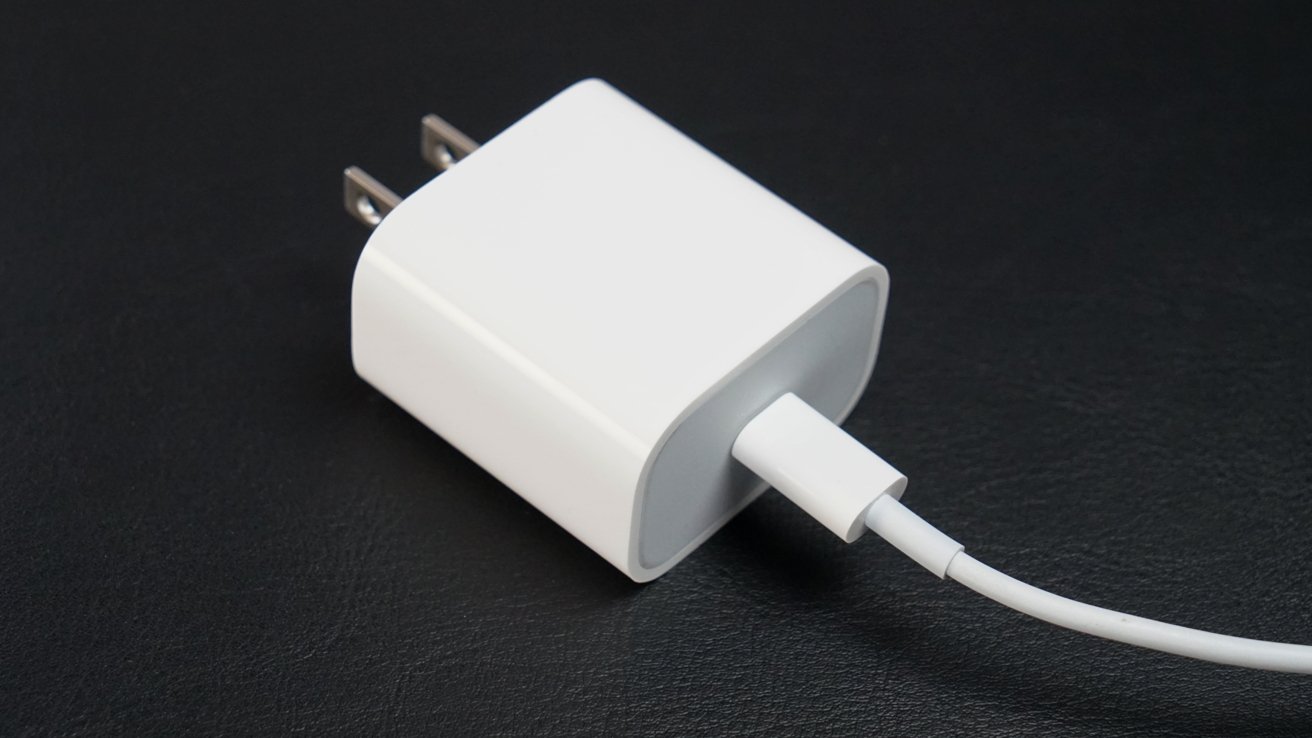
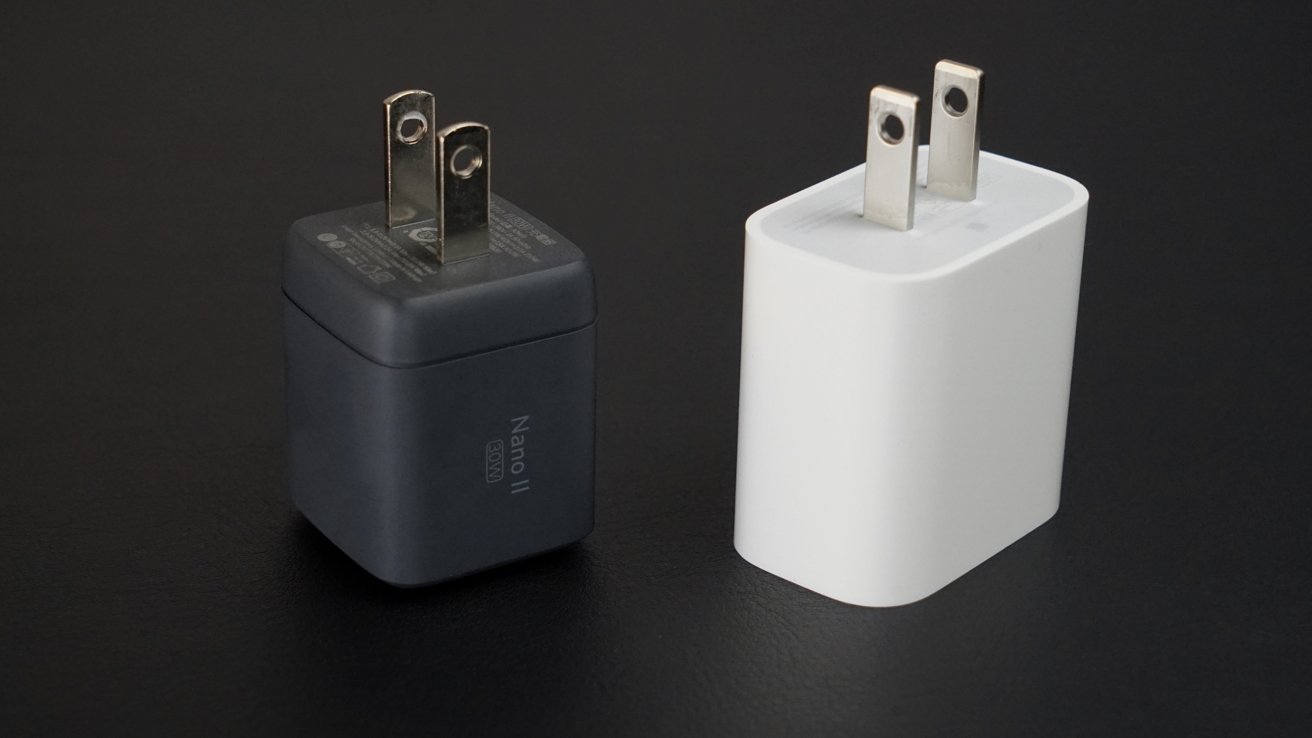
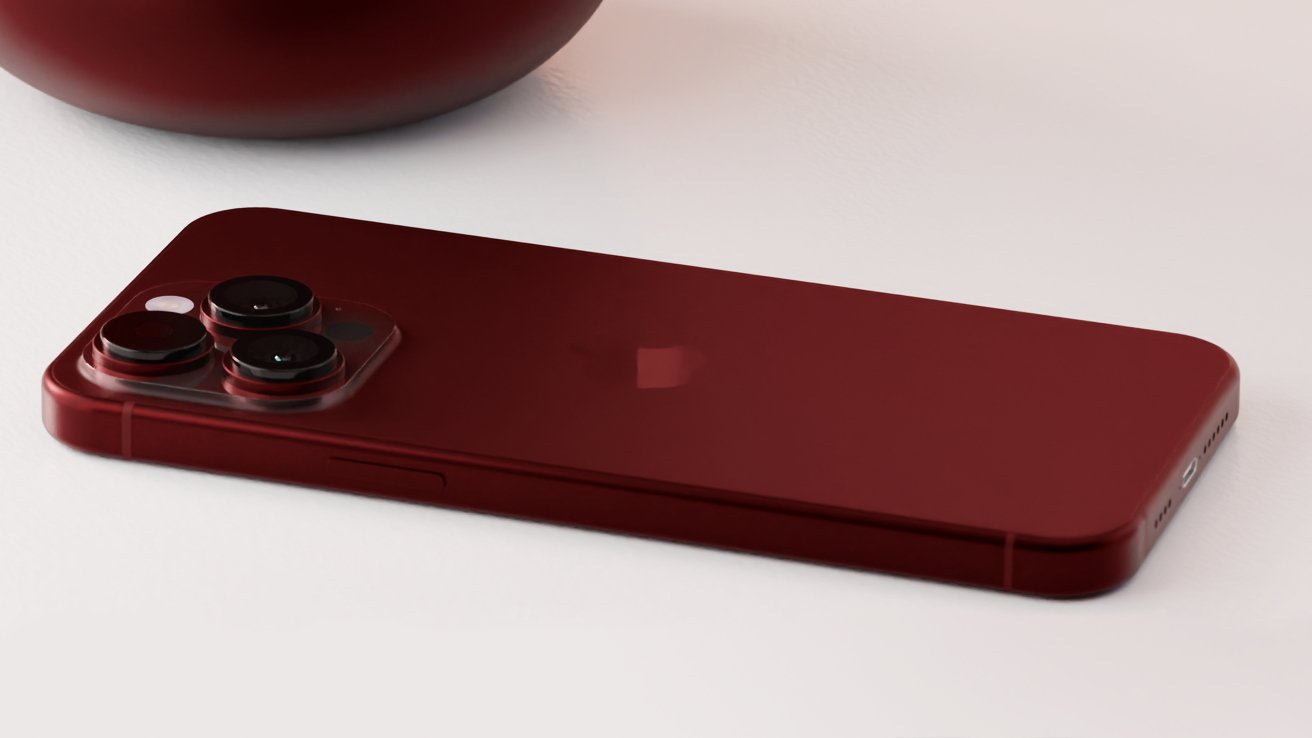
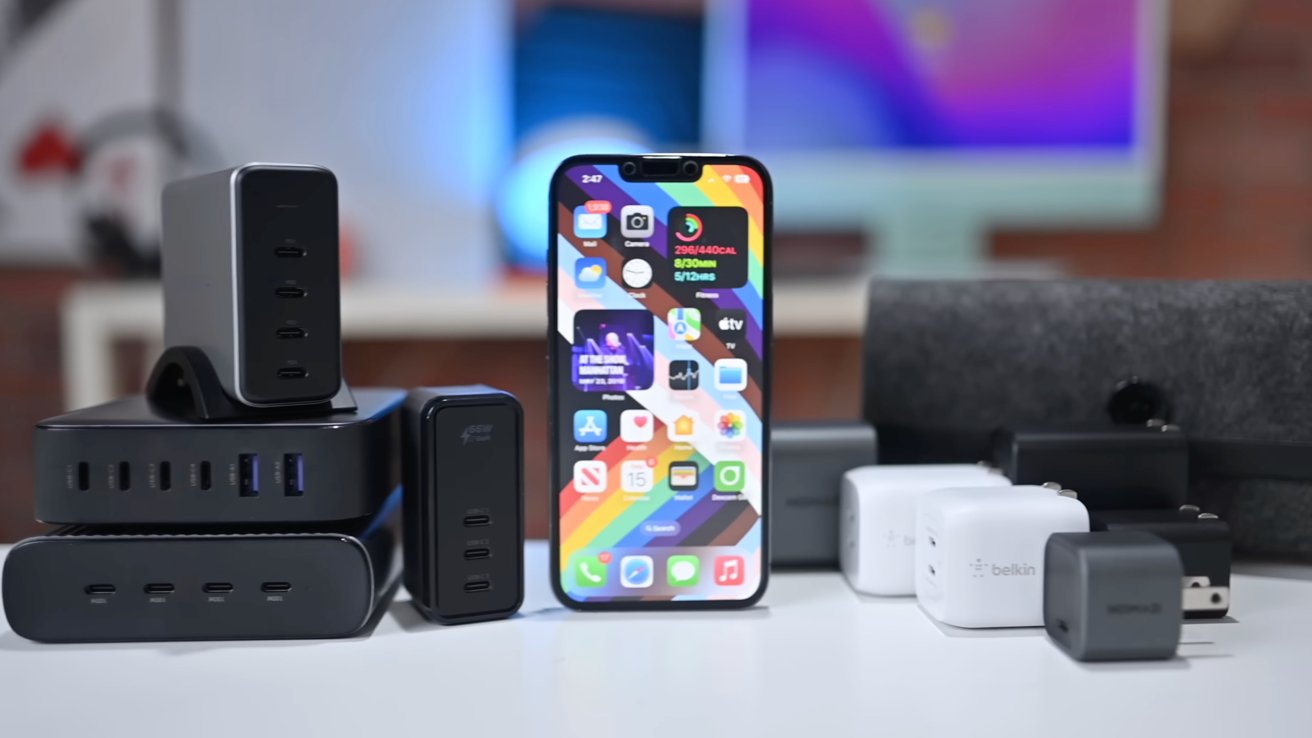
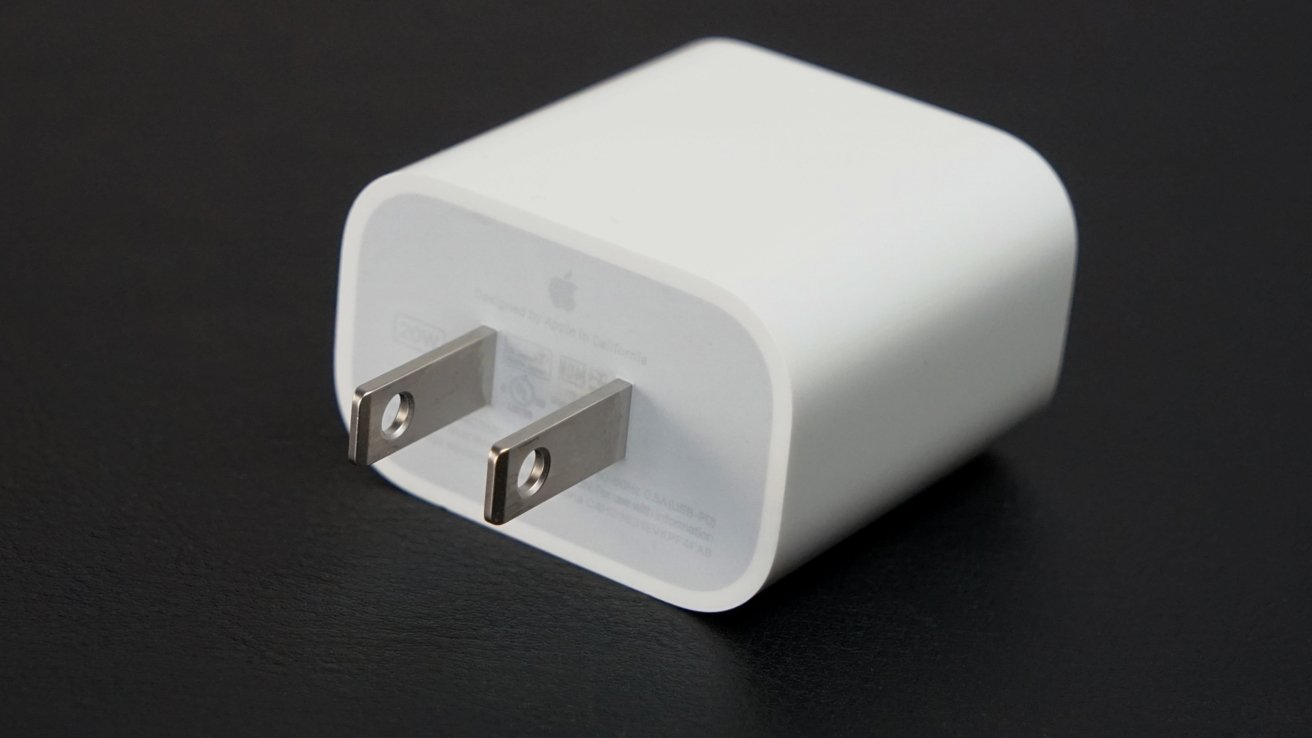







-m.jpg)






 Bon Adamson
Bon Adamson
 Marko Zivkovic
Marko Zivkovic
 Amber Neely
Amber Neely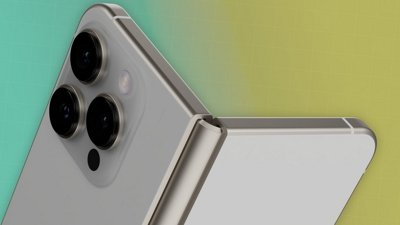
 Malcolm Owen
Malcolm Owen
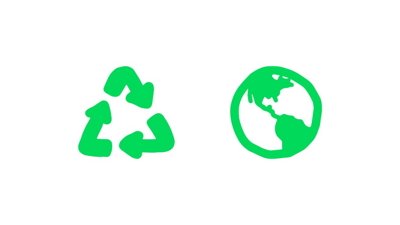
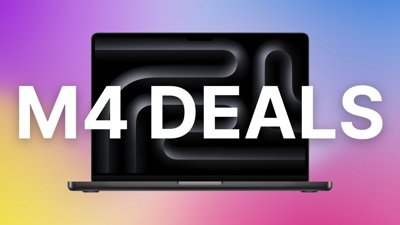
 Christine McKee
Christine McKee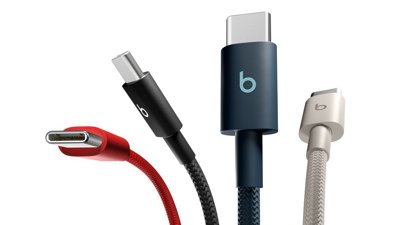



-m.jpg)






34 Comments
USB-C PD not good enough for iPhone 15?
I use Anker's amazing 30w GaN chargers with folding plugs. Only 1.4 ounces IIRC and they charge my MBP while sleeping, too.
Good job EU. That certainly helped cure the landfill issues.
Would love to see some numbers on just how a many old chargers and USB A cords get trashed and that are specifically related to the USB C change.
I prefer slow charging overnight so don’t plan on looking for extreme charging speeds. My Anker USB-C brick I bought two years ago will do fine.